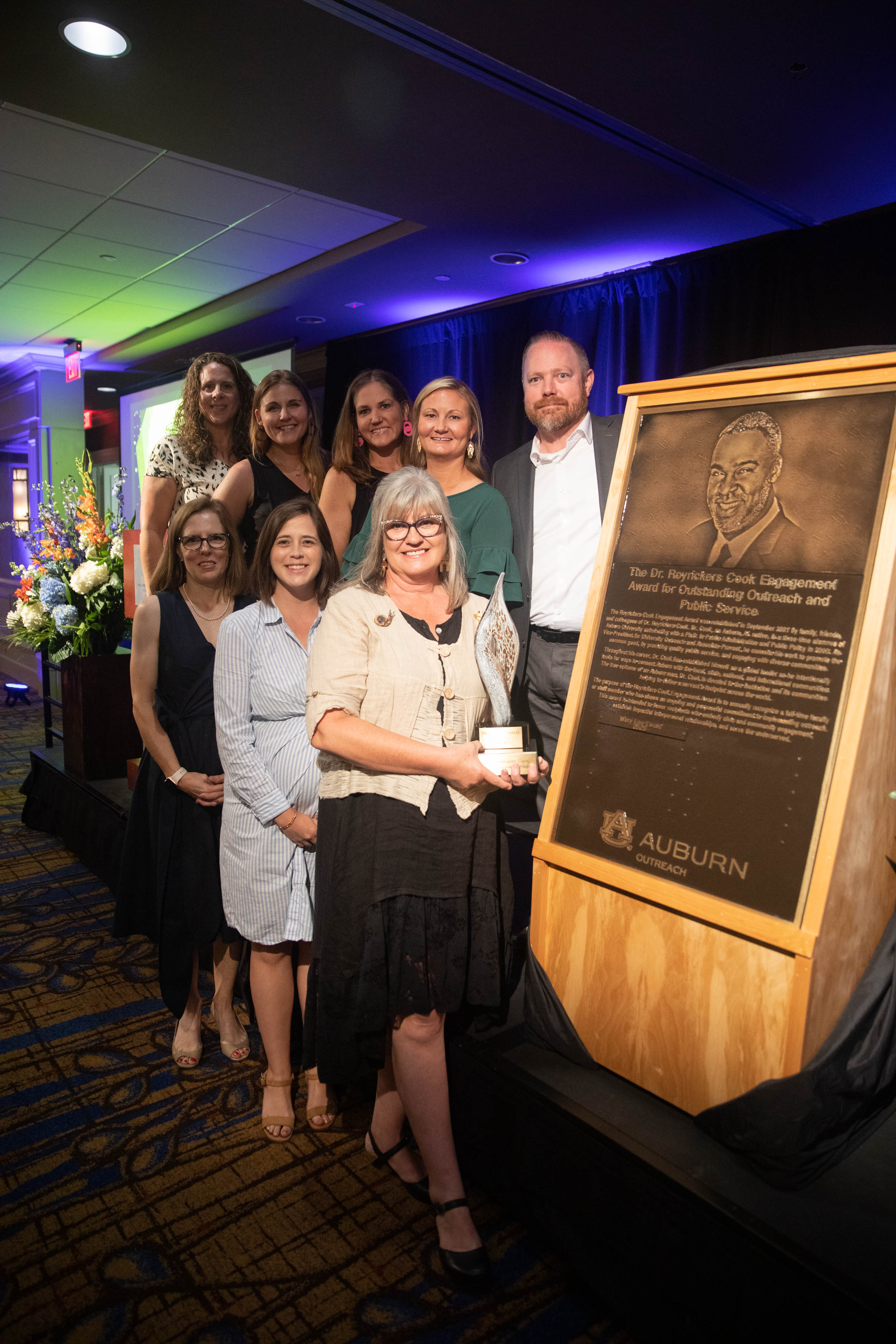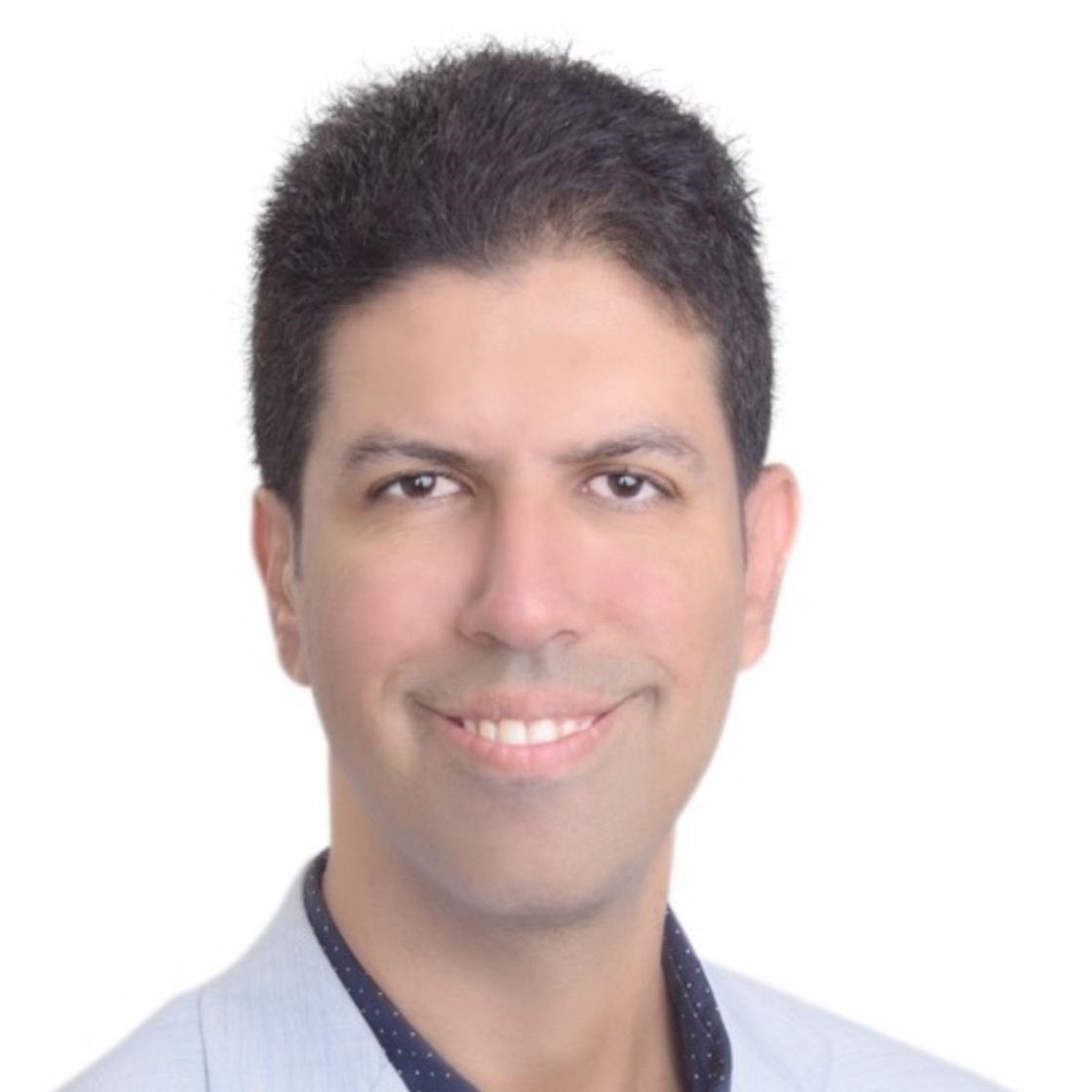
|
|||
Making a difference through developing a lifelong passion in studentsMary Lou Ewald, director of the Office of Outreach in COSAM, is the recipient of Auburn University’s first Dr. Royrickers Cook Endowed Engagement Award.
“Just do one good thing. Just do one good thing every day and you can make a difference,” said Ewald.
And she has been making an immeasurable difference for K-12 students for 25 years.
“Mary Lou’s dedication and passion for outreach shows that Mary Lou has an exceptional track record of service to Auburn and our surrounding communities.”, said Edward Thomas Jr., dean of COSAM. “Her passion to help students from all areas of the state of Alabama has transformed our college-level outreach efforts into program that has a regional and national impact while providing opportunities for students to pursue bold and exciting careers in STEM fields.”
That difference is not only felt in the local Auburn/Opelika community, but throughout the state and even around the entire nation. 
| |||
Measuring and predicting collision cross section (CCS) values for unknown compoundsResearchers at Auburn University are seeking ways to identify unknown compounds using collision cross section (CCS) measurements paired with prediction methods including computational models and machine learning.
Nowadays, there is a high demand for fast and reliable detection of compounds using untargeted analyses. This is especially true for the diagnosis of various diseases. Usually, the detected compounds can have a variety of different structures which will make the detection process challenging. Therefore, they can have different effects on living organisms, which is why research in "omics" (lipidomics, metabolomics, proteomics) has gained importance and is applied in many research areas such as environmental, food, clinical, etc. Many separation techniques such as chromatography and mass spectrometry have been used to separate these structures from each other. However, the separation of structurally different compounds by these techniques is not always reliable for unknown substances. The reasons are that several structurally different compounds may have the same mass spectra and fragmentation patterns and may also elute simultaneously in chromatography. One of the separation techniques that can be used to solve these problems is ion mobility, as it separates the ionized compound based on its collision with a buffer gas under an electric field. Thus, it separates the ions based on their shape, size, and charge. In addition, ion mobility is a fast separation technique (~1 minute) that provides information about the CCS of a compound. CCS measurements are rotationally averaged surface area values that are unique to each compound, giving it a “fingerprint”. In addition, CCS measurements are highly reproducible. 
| |||
View previous issues of COSAM Today.We want to hear from you! Share your good news with us.COSAM Today is published by COSAM's Office of Communications and Marketing. Questions? Send an email to mcg0052@auburn.edu. |
|||

